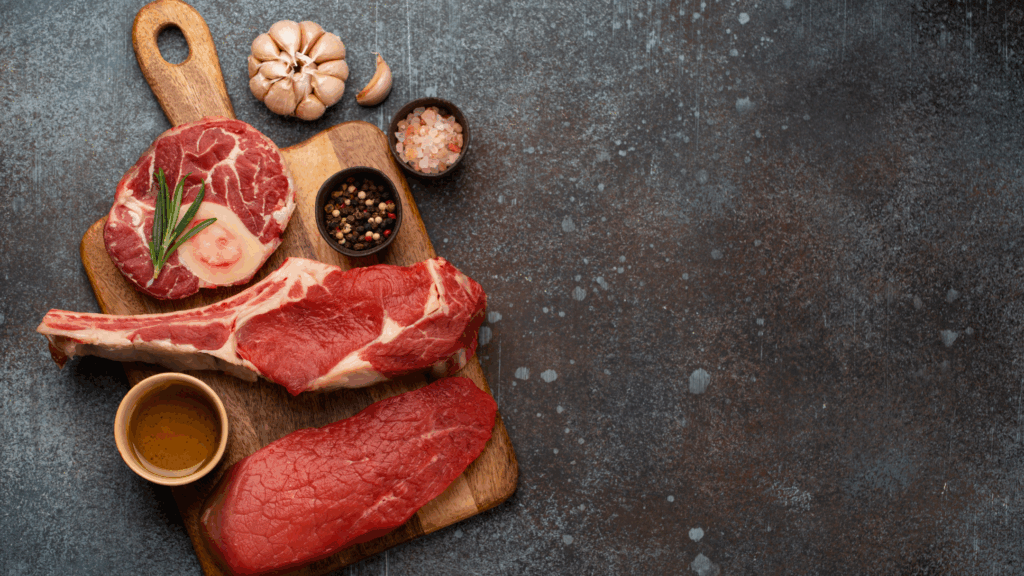When we hear the term kosher meat, the first thought that usually comes to
mind is religious tradition or halachic observance. However, behind the
religious framework lies another important truth: the koshering process is a
meticulous system of inspections, controls, and processing stages that
provides the meat with significant health and nutritional advantages. This
added value is not only for those who observe Jewish law – but for anyone
who seeks high-quality, safe, and clean food.
Choosing the Animal – The Starting Point of
Health
The health advantage of kosher meat begins long before it reaches the table
– already in the pasture and during slaughter. Kosher slaughter requires the
careful selection of only healthy animals, free of internal defects, diseases, or
abnormalities. Each animal is thoroughly examined: lungs, heart, liver, and
other organs are inspected to ensure full integrity and internal health.
In higher standards of kosher supervision, this filtering process is even stricter
– only perfectly healthy animals are selected. The result is uniform, glatt
(unblemished), high-quality meat that provides the consumer with a first layer
of protection against cuts that may contain internal damage or disease.
Internal Examinations – The Natural Safety
System
After the animal is chosen, every cut of meat undergoes detailed inspection:
Lungs are checked for holes or defects.
The brain and organs are examined to prevent parasites or worms.
Internal systems are inspected to rule out signs of hidden illness.
These inspections create a natural safety system – ensuring that the meat
reaching the consumer is not only tasty, but also safer and healthier to eat.
This is an additional filtering layer not found in industries that are not bound by
halachic standards.
The Salting Process – A Natural Protective
Layer
One of the unique stages in koshering is the salting process. Beyond the
halachic requirement to remove blood, salting provides clear health and
hygienic benefits:
Salt acts as a natural substance that inhibits bacterial growth on the
surface of the meat.
It reduces bacterial load, thereby increasing the level of food safety.
It helps preserve the meat’s freshness and adds an additional
protective layer.
In the past, before refrigeration, salting was a central method for preserving
meat over time. Today, with advanced cooling and freezing technologies,
salting is no longer the primary factor in extending shelf life – but it remains an
important safeguard that complements modern preservation methods.
Humane Treatment and Its Impact on Meat
Quality
Halacha does not stop at selection and salting – it also requires humane
treatment of animals. Research in food science and animal nutrition shows a
direct link between the stress levels of an animal and the quality of its meat.
Animals treated calmly and with respect produce meat that is richer in protein,
higher in quality in terms of texture, and cleaner and healthier in flavor.
This creates a unique combination: halachic care joins with modern scientific
knowledge to provide the consumer with a product that carries a real
biological advantage.
Conclusion – Health from the Source to the
Plate
Kosher meat is not just an expression of tradition – it is a complete health
process that begins in the field and ends on the plate:
Selecting only healthy animals.
Thorough internal examinations.
A natural and protective salting process.
Humane treatment that directly affects food quality.
Each stage adds another layer of protection, filtering, and preservation –
ensuring that the final product reaching the consumer is meat that is healthy,
high-quality, and safe at the highest level.
Choosing kosher meat is choosing a healthier life. It is a taste that embodies
not only tradition, but also health, safety, and optimal nutrition – from the
moment the animal is selected until the moment the meat is served at the
table.







